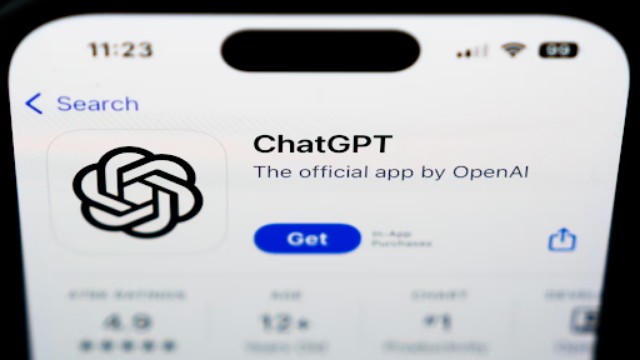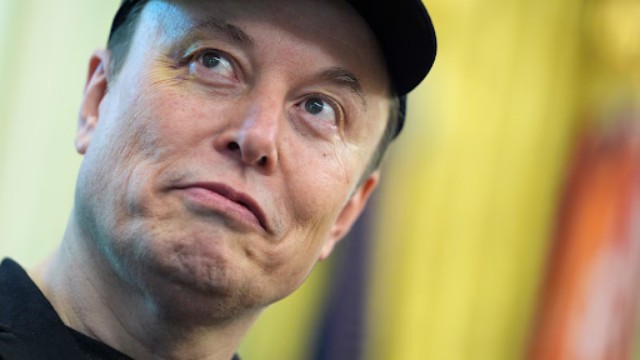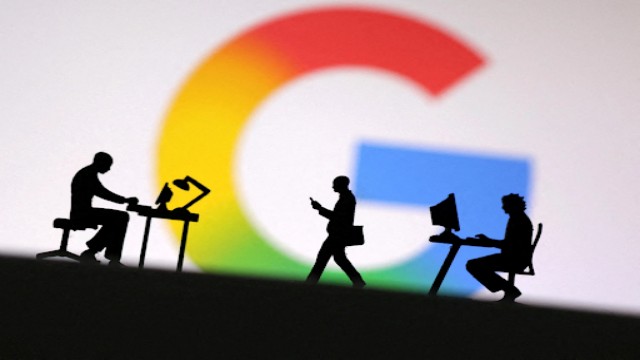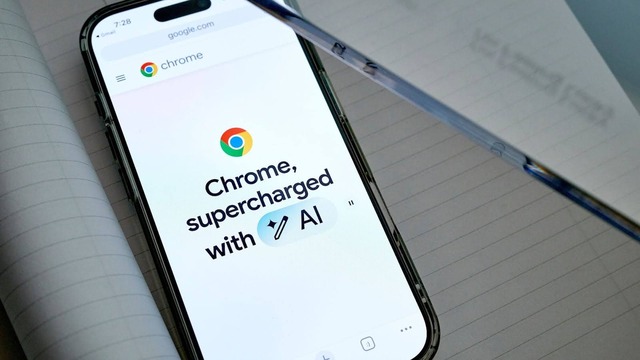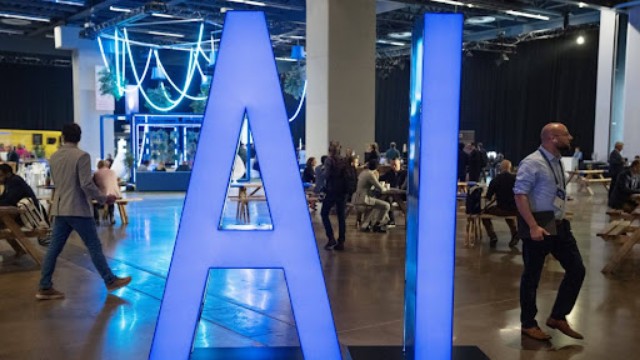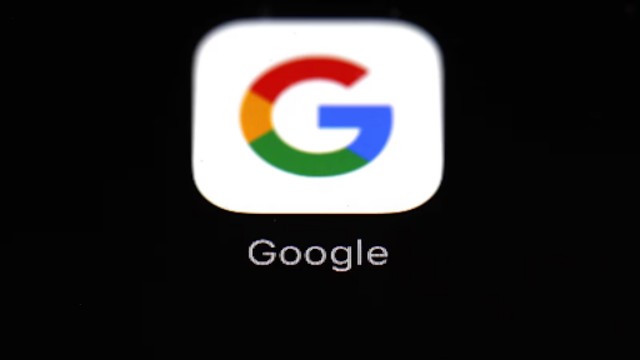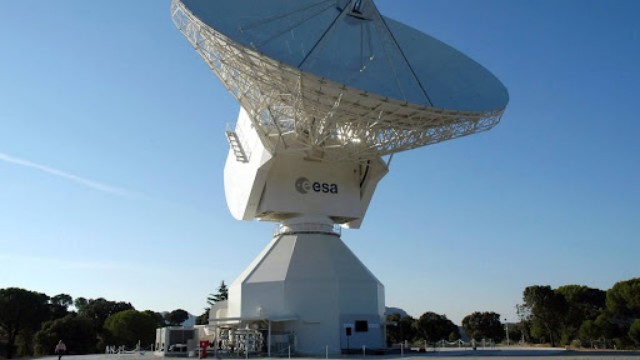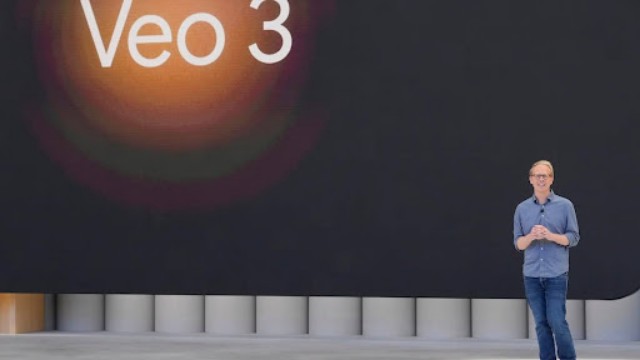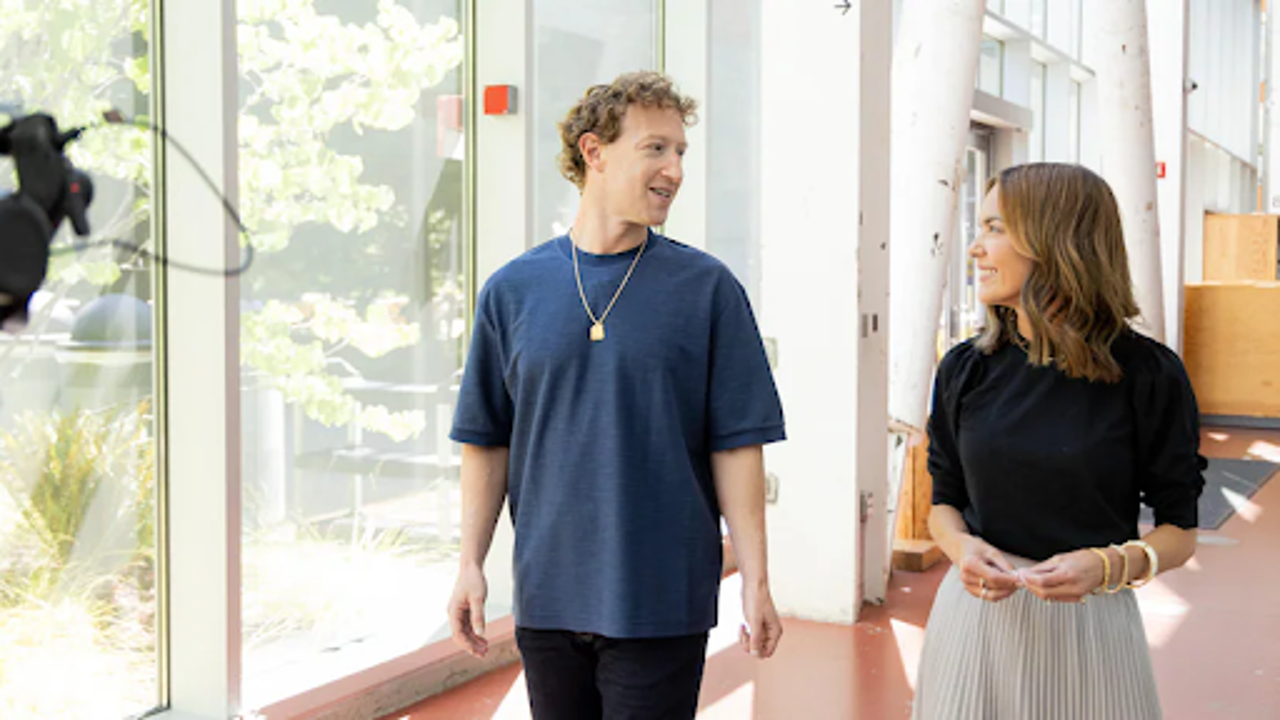
Image source: Bloomberg
Meta Platforms Inc., the parent company of Facebook, has introduced a powerful new AI model called Llama 3.1. CEO Mark Zuckerberg announced that this cutting-edge model will compete with similar AI offerings from OpenAI and Google. Llama 3.1, which took several months and hundreds of millions of dollars to develop, is a significant upgrade from Llama 3, released in April. Zuckerberg revealed this news in an interview and mentioned that Meta is already working on the next iteration, Llama 4.
Meta's new AI model has been designed to enhance chatbots used both within Meta and by outside developers. Llama 3.1 boasts improved capabilities, such as better reasoning for solving complex math problems and synthesizing large texts instantly. It also features generative AI that can create images based on text prompts. An innovative feature called "Imagine Yourself" allows users to upload a photo of their face and generate images of themselves in various scenes and scenarios.
Llama 3.1 powers Meta's AI chatbot, Meta AI, which is integrated into apps like Instagram and WhatsApp and is also available as a standalone web product. Zuckerberg reported that Meta's chatbot has "hundreds of millions" of users and is expected to become the most widely used chatbot globally by the end of the year. He also anticipates that external developers will use Llama to train their own AI models, reducing reliance on other off-the-shelf options.
Zuckerberg believes that Llama's open-access model will enable numerous organizations to create their own AI systems. He emphasized that Meta's significant investments in AI, despite past efforts to cut costs, are essential for staying competitive in the AI race. The development of Llama 3 models required "hundreds of millions of dollars" in computing power, and future models are expected to demand even more resources, running into billions of dollars.
Meta’s approach to AI is rooted in an open-access strategy, making Llama's technology available to the public for free under an "acceptable use policy." This openness, Zuckerberg hopes, will lead to the creation of new startups and products based on Meta's AI, thus influencing the future direction of the industry. However, the data sets used to train Llama 3.1 remain a secret. Meta utilizes publicly available posts from Facebook and Instagram, along with other proprietary data sets acquired through licensing agreements.
Zuckerberg dismissed concerns about the competitive advantage of using Facebook and Instagram data for AI training, noting that much of this data is accessible to search engines like Google. He also addressed the criticism of Meta's open-source AI approach, arguing that closing off technology to the rest of the world would hinder innovation. He believes that the US benefits from open and decentralized innovation, which drives economic growth and technological advancements.
Meta’s investment in AI includes acquiring some 350,000 Nvidia H100 GPUs by the end of the year. These GPUs are essential for training large language models like Llama and ChatGPT, with each chip costing tens of thousands of dollars.
Critics worry about the potential misuse of Meta's open-source AI, especially by companies from geopolitical rivals like China. However, Zuckerberg believes that openness will ultimately give the US a strategic advantage in AI development, even if the US cannot maintain a years-long lead over China. He argues that even a small lead in AI technology can compound over time, benefiting the US.



